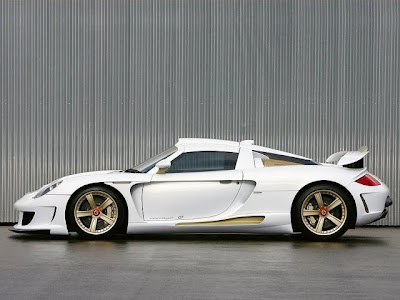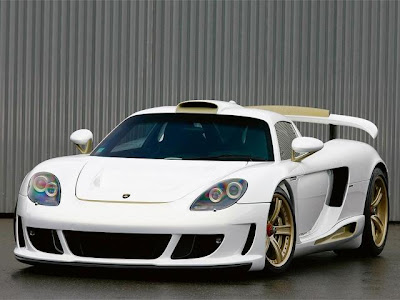
Aston Martin has developed a new luxury commuter concept; the Aston Martin Cygnet Concept which will offer customers a distinctive, intelligent and exclusive solution for urban travel in style and luxury. The concept will offer Aston Martin trademark design in a commuter car package based on the critically acclaimed Toyota iQ with a Euro NCAP 5-star safety package. The Aston Martin Cygnet Concept represents a creative, environmentally conscious solution, being small, yet with presence - and highly fuel efficient, now combined with the prestige of Aston Martin's luxury brand ownership. Aston Martin, the world leader in exclusive niche engineering is collaborating on this concept with Toyota the world leader in volume, quality and reliability. Although vastly different in size, Toyota and Aston Martin share the philosophy of engineering excellence and innovation underlined by a strong passion for cars. Aston Martin Chief Executive, Dr Ulrich Bez said: "Now is the right time for Aston Martin to take this first bold step to embark on this special project - made possible with the support of an organisation of Toyota's stature and capability and the intelligent design and perfect city car package of the iQ." "Much work is still required, but I am confident that this project could become reality in the not too distant future. This concept - akin to an exclusive tender to a luxury yacht - will allow us to apply Aston Martin design language, craftsmanship and brand values to a completely new segment of the market." "The offering of a Aston Martin Cygnet with a DBS, DB9 or Vantage is a unique combination of opposites and a novel transport solution allowing intelligent and sensitive mobility on an exclusive and innovative level."



.jpg)



 11:52 AM
11:52 AM
 pece
pece










































